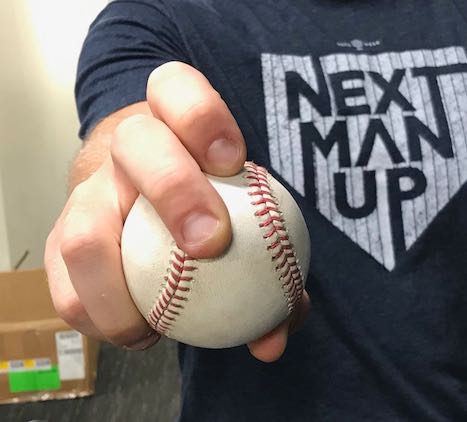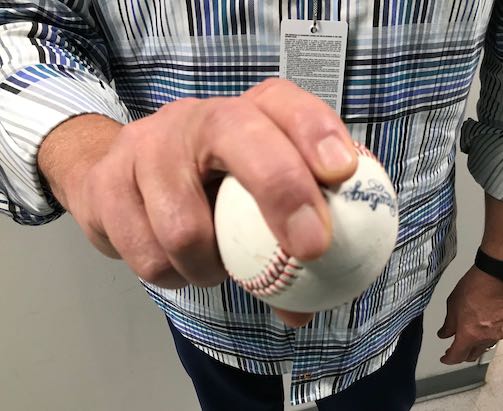Sunday Notes: Tigers First-Rounder Riley Greene Does What Comes Naturally
Hitting a baseball comes naturally to Riley Greene. That’s not to say the fifth-overall pick in this year’s draft doesn’t work on his craft — he does— but at the same time he likes to keep any tinkering to a minimum. As the saying goes, “If it ain’t broke, don’t fix it.” Prior to the Detroit Tigers’ calling his name on June 3, Greene had been labeled “the best pure hitter in the prep class” by Baseball America.
He hit the road running in pro ball. Greene scorched the Gulf Coast League to the tune of a 1.039 OPS in nine games, quickly earning a promotion to short-season Connecticut. While not nearly as prolific against New York-Penn League pitching — a .766 OPS in 24 games — he did show enough to get moved up to low-A West Michigan in early August. Playing against much-older competition in the Midwest League, Greene slashed .219/.278/.344 in 118 plate appearances.
When I talked to the 18-year-old Oviedo, Florida native in mid-August, he made it clear that his swing is already well-established.
“My dad has been doing baseball and softball lessons for 24 or 25 years, and he taught me to hit,” said Greene. “Growing up, most of my coaches never touched my swing. It was just my dad. He’s a simple A-to-B guy, not much movement, and that’s how I try to be.”
Greene told me his front foot is his timing mechanism, and that his setup at the plate has remained essentially the same. He “might be an inch taller with his body,” but that’s a matter of feel and comfort, not because of a calculated adjustment. He’ll maybe spread out at times, but “only by a centimeter or two.” Read the rest of this entry »

